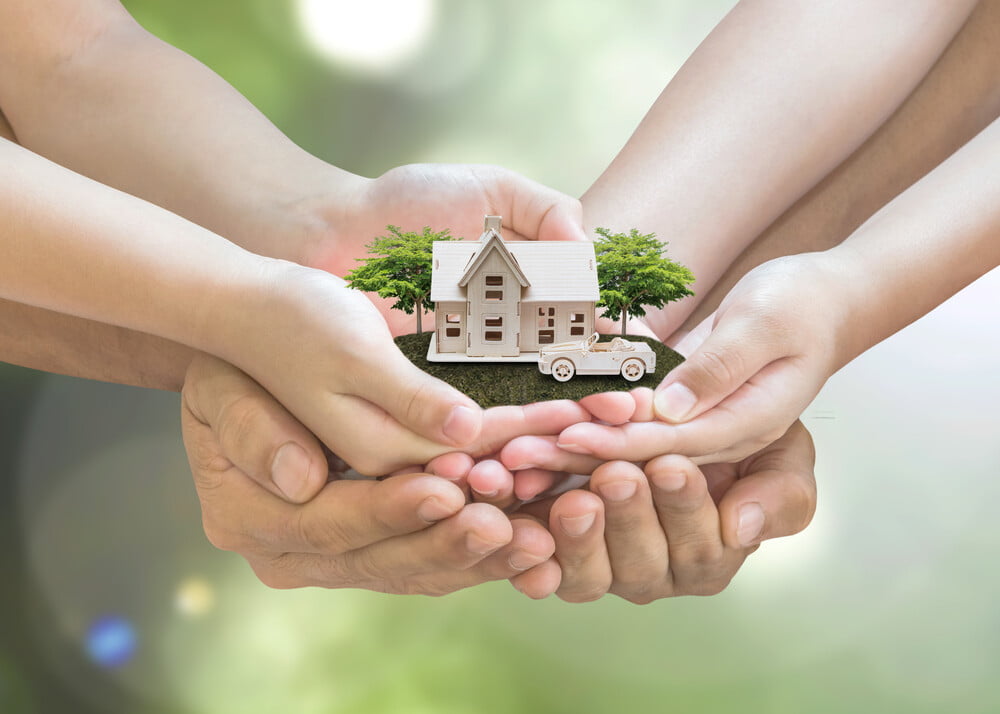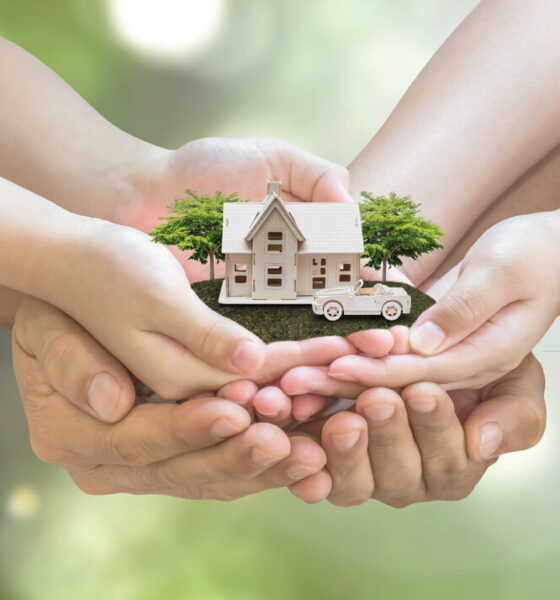

Invest
5 Tips for Investing in Sustainable Housing
The value of a piece of property is now not solely determined by its up-market location or architectural design and utility. Real estate investors now know that environmental and social factors also play a big role in determining the value of any investment property. ‘Green,’ ‘sustainable,’ or ‘eco-friendly’ building and housing solutions reduce the running costs of the property. These solutions also improve the value of real estate investment.
As such, they make sustainable housing a new and profitable trend in property investment. A third of global CO2 emissions get linked to the real estate sector. The measures that improve sustainability and cut down the emissions in this sector provide great insights on investing in sustainable housing.
What Is Sustainable Housing?
A sustainable housing project is one that gets maintained, operated, built, and designed to use resource-efficient processes to run. Refurbished housing units that exhibit similar properties are also considered sustainable housing buildings. For instance, if such buildings uphold sustainable practices and use ‘green’ building materials and technologies then they’re exhibiting sustainable housing practices. If your property is investment is already established, reach out to your property manager for advice. The leading property management Charlotte NC investors and those in other cities rely on can help to maintain the sustainability of a rental complex. They can also offer suggestions for improvements and renovations for making the property more eco-friendly and energy-efficient.
Here are insightful tips on how to invest in sustainable housing:
1. Insulate to Cut Cooling and Heating Energy
Insulating your rental property or home reduces the need to cool or heat your home during cold or hot seasons. You should insulate your home to cut down your energy bills related to heating and cooling. Also, use recycled insulating materials such as newspapers and recycled sheep wool or cotton to insulate your home. Such practices better your sustainable building practices.
2. Harnessing Renewable Energy
Using renewable energy on your property is another way of investing in sustainable housing. For instance, the use of solar panels on your property is more affordable when used alongside modern battery technologies. Such combinations tend to produce lots of power that reduce your dependence on the main grid and thus cutting your power needs and cost.
Such power solutions also enable you to store some power and even sell it back to the main grid when you’ve got some extra power. Such approaches improve sustainability. It’s also even possible to get government rebates and incentives when you invest in renewable energy sources.
3. Using Sustainable Building Materials
Prefabricated housing units are often more affordable to build because they can allow you to use recycled materials. If you can use recycled insulation materials, waste wood or timber, and eco-stones from recycled plastics to build your home then you’re improving on sustainability.
4. Friendly Borrowing Terms for Eco-Homes
You’ll always need funding to build an eco-home. Lenders always consider your expenses and the possible future costs of running your home. If your home will be more sustainable and capable of selling power back to the main grid then lenders are likely to offer you more funds at better terms than any other entity that would buy a standard build home that isn’t eco-friendly.
5. Location and Design
The placement and location of your house can improve or diminish its sustainable nature. For instance, the location of windows will determine the use of power based on the usage of the natural shade from the landscape that surrounds your house. You should thus seek an architect or designer that has a history of designing eco-homes. Such designers will have the necessary information to design and locate your house in an appropriate manner. Such designs will reduce your property’s need for energy and improve its eco-friendliness.
In some parts of the world water is a scarce resource. Your architect can design a sustainable home by creating a plumbing system that minimizes the wastage of water. Such designs improve the sustainable nature of your eco-home.
Final Thoughts
Sustainable building and design are ongoing processes that rely on the changes in the environment to design eco-homes. Such homes use fewer resources and more waste to cut dumping and improve energy and resource efficiency. Always consult your architect to get the best solutions that will help you to better your sustainable housing solutions.


 Environment10 months ago
Environment10 months agoAre Polymer Banknotes: an Eco-Friendly Trend or a Groundswell?

 Environment12 months ago
Environment12 months agoEco-Friendly Home Improvements: Top 7 Upgrades for 2025

 Features9 months ago
Features9 months agoEco-Friendly Cryptocurrencies: Sustainable Investment Choices

 Features10 months ago
Features10 months agoEco-Friendly Crypto Traders Must Find the Right Exchange

















